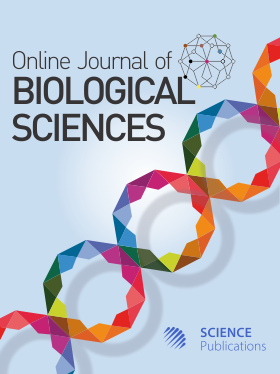Cytotoxicity and Apoptosis Prevailed by Tricyclohexyltin(IV) Dithiocarbamate Compounds Against Human Lung Carcinoma Cell Line (A549)
- 1 Faculty of Health Sciences, Environmental Health and Industrial Safety Program, Universiti Kebangsaan Malaysia, Jalan Raja Muda Abdul Aziz, Kuala Lumpur, Malaysia
- 2 Faculty of Health Sciences, Center for Toxicology and Health Risk Studies, Universiti Kebangsaan Malaysia, Jalan Raja Muda Abdul Aziz, Kuala Lumpur, Malaysia
Abstract
In Malaysia, lung cancer is a highly common kind of cancer and the leading cause of cancer-related deaths. This study examined the cytotoxicity of two new tricyclohexyltin(IV) dithiocarbamate compounds compounds, which are tricyclohexyltin(IV) N-methyl-N-benzyldithiocarbamate (C1) and tricyclohexyltin(IV) N-ethyl-N-benzyldithiocarbamate (C2), on lung carcinoma cell lines (A549) of humans. The cytotoxicity was assessed using the 3-(4,5-dimethylthiazol-2-yl)-2,5-diphenyl-tetrazolium bromide (MTT) assay. Cell death mode was determined by Annexin V-FITC/PI assay, with morphological observations done at 24 h using an inverted microscope. C1 showed strong cytotoxic effects with an IC50 of 0.58 μM, while C2 had an IC50 of 1.66 μM. Besides, this study observed apoptosis-like changes in cell morphology such as cell shrinkage, membrane blebbing and necrosis. According to the method used to evaluate cell death, C1 caused the A549 cells to stop growing, with 62% of the cells remaining alive, while C2 caused apoptosis in 92.47% of the cells. These results suggest that tricyclohexyltin(IV) dithiocarbamate compounds with different N-bound alkyl substituents exhibit varying levels of cytotoxicity against A549 cells, where both compounds demonstrated higher cytotoxicity compared to cisplatin. Therefore, this research is vital for uncovering the potential of novel tricyclohexyltin(IV) dithiocarbamate in cytotoxicity and apoptotic pathways in vitro, which could lead to the creation of new therapeutic drugs.
DOI: https://doi.org/10.3844/ojbsci.2024.597.604

- 3,138 Views
- 1,471 Downloads
- 0 Citations
Download
Keywords
- Organotin (IV)
- Dithiocarbamate
- A549 Cells
- Cytotoxic
- Apoptosis
